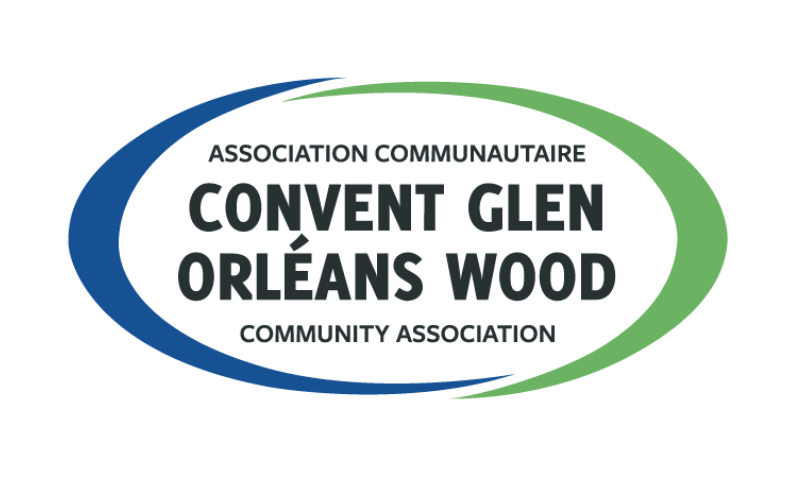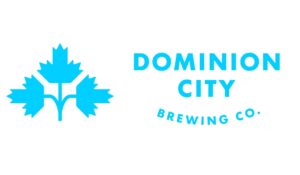
A new multi-unit apartment building is currently being built in our neighbourhood, and it’s a frequent topic of conversation among locals. It’s not the first infill development, and it won’t be the last, but this one is right at the intersection of two main streets, so it’s more visible than most of these developments will be.
Concerns about parking and a feeling that the new building “just doesn’t fit in” are common refrains whenever this comes up. These feelings are understandable; change of any kind we didn’t ask for in a place we call home can be unsettling. However, I believe that resisting this kind of incremental evolution is not only holding our community back but also misunderstands what makes a neighbourhood truly strong, vibrant, and resilient.
Instead of a threat, we should see this type of development as a sign of health—a necessary and positive step in the ongoing life of our community.
The Myth of “Neighbourhood Character”
One of the most frequent arguments against new homes is the preservation of “neighbourhood character.” In many parts of Orleans, including Convent Glen, this “character” is largely defined by uniformity. Our homes were mostly built in the same era, by a handful of developers, in a very similar style. While familiar, this isn’t the rich, layered character of a neighbourhood that has grown and adapted over generations; it’s the result of a single moment in time.
A truly resilient neighbourhood, as advocated by principles from Strong Towns, is one that doesn’t remain static. Stagnation is the first step toward decline. When a community is built all at once, it also ages all at once, facing a synchronized wave of expensive infrastructure maintenance and reinforcing a lack of housing diversity. Allowing new, thoughtful infill development creates a more varied and dynamic streetscape. A mix of architectural styles isn’t a flaw—it’s visual proof of a living, breathing community that is continually renewing itself.
The Kitchen Renovation Analogy
Think of our neighbourhood as a house. If your kitchen from the 80s is feeling dated and the appliances are inefficient, what do you do? You probably wouldn’t tear down the entire house. You would start with a kitchen renovation. You’d install modern, energy-efficient appliances, contemporary cabinets, and improved lighting. You wouldn’t try to source 40-year-old avocado-green appliances to “preserve the character” of the original kitchen.
To demand that new homes perfectly or even closely mimic a decades-old building style is just as illogical. It’s asking owners or builders to ignore advances in building codes, energy efficiency, and modern living standards. New homes today are built to be more resilient, better insulated, and equipped for the future, with features like wiring for the internet and charging electric vehicles—things that make them more desirable and sustainable.
Expecting a neighbourhood to be redeveloped all at once or cohesively to maintain a consistent style is effectively just as impossible. Just like a home renovation, neighbourhood evolution happens one project at a time. Each new development is like a kitchen remodel: an upgrade that improves the function and value of the entire home.
The Reality of Transportation and City Planning
The concern about parking is valid on the surface, but it misses the bigger picture of how our city is evolving. This specific development is a short walk from an LRT station and a major shopping centre. This isn’t a coincidence; it’s a deliberate strategy outlined in Ottawa’s Transportation Master Plan (TMP). The TMP’s primary goal is to shift travel away from single-occupancy vehicles and toward sustainable modes like transit, walking, and cycling.
To achieve this, the city’s new Zoning Bylaw actively encourages more compact, walkable development around transit hubs. This means reducing or even eliminating mandatory parking minimums in these strategic locations. The goal is twofold:
- Reduce Housing Costs: Building parking for denser housing in urban or suburban neighbourhoods such that all owners or renters will own one or more cars is incredibly expensive, a cost that is passed directly on to buyers and renters. Reducing this requirement makes housing more affordable, and the people buying or renting here will be aware of this when making their purchase decisions.
- Promote Transit Use: When residents have excellent access to high-quality transit like the LRT and the adjoining bus routes, their dependency on cars naturally decreases.
This development isn’t a developer “getting away with something”; it’s a project that aligns perfectly with Ottawa’s and Orleans’ official vision for a more sustainable and less traffic-congested city. For existing homeowners, the long-term benefit is fewer cars on local roads and more transportation freedom for everyone in the community, from teenagers to seniors.
The Tangible Benefits for You, the Homeowner
Beyond the philosophical arguments, this kind of incremental development offers direct, tangible benefits to those who already live and own homes here:
- Increased Property Values: New, high-quality construction in a neighbourhood consistently raises the value of surrounding properties. A modern, desirable building sets a new benchmark for the area, boosting the investment you’ve made in your own home.
- A Stronger, More Resilient Tax Base: A multi-unit building on a single lot contributes significantly more in property taxes to the city than the single-family home it may have replaced. This revenue is generated without a proportional increase in the cost of shared infrastructure (the same pipes, roads, and sewers serve the property). This makes our neighbourhood more financially productive for the city, helping to fund the parks, libraries, and road repairs while sharing the tax burden among more people, which in turn marginally reduces the need for future property tax increases for everyone.
- Support for Local Businesses: More people living in the neighbourhood means more customers for our local shops and services. A denser population supports a more vibrant local economy, making our community a more convenient and desirable place to live.
- A Complete Community for All Ages: Where will our children live when they want to move out on their own? Where will we live if we decide to downsize but want to remain in the neighbourhood we love? Multi-unit dwellings provide diverse housing options, allowing our community to be a place for all stages of life.
Embracing Our Future
Change can be uncomfortable, but it is the hallmark of every successful city and neighbourhood throughout history. Holding on to an idealized memory of the past leads only to stagnation. By embracing thoughtful, incremental development that aligns with our city’s goals for sustainability and resilience, we are not losing our neighbourhood’s character—we are enriching it.
This new building—and other ones like it that are on the horizon—isn’t the end of our community as we know it. It’s the next chapter in its story, one that promises a more vibrant, financially stable, and connected future for all of us.












